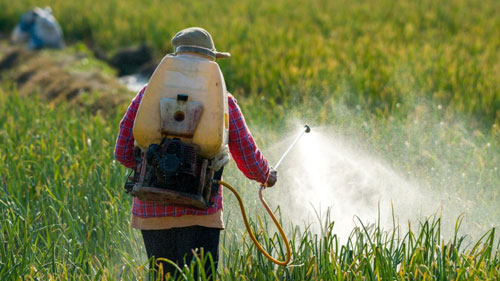AIR pollution is responsible for the deaths of around 7 million people each year — and 91% of the global population is exposed to air that exceeds the limits on pollution levels set by the World Health Organization (WHO). Fine particulate matter is a key source of air pollution.
This can be directly produced or indirectly produced when other pollutants react to chemicals in the atmosphere.
In a new study, researchers highlight another type of pollutant, called anthropogenic secondary organic aerosols (ASOAs), which also react with other pollutants.
The researchers show that ASOAs are likely to significantly contribute to mortality associated with air pollution.
In a new study, a team of scientists has shown that an under-researched type of pollution, ASOAs, make a significant contribution to air pollution mortality.
For the researchers, their findings, published in the journal Atmospheric Chemistry and Physics, highlight the need for greater focus on these types of aerosols and the need for further research into how, when, and where they react with other pollutants to cause air pollution.
According to the WHO, about 7 millionTrusted Source people die each year due to air pollution.
The organization also reports that over 90% of the world’s population breathes air that exceeds the WHO’s safety standards for air pollution.
Researchers have found that fine particulate matter is a leading cause of this pollution — and that deaths due to fine particulate matter have increased from 3.5 million per year in 1990 to 4.2 million per year in 2015.
According to the Environmental Protection Agency, fine particulate matter can be caused directly or indirectly. Some direct sources of fine particulate matter include fires and construction sites.
Indirect sources include chemicals such as nitrogen oxides and sulfur dioxide, which can be emitted from the burning of fossil fuels and react with other chemicals in the atmosphere to produce fine particulate matter.
One type of chemical that can contribute to the formation of fine particulate matter are ASOAs.
Previously, research has shown that these chemicals — found in inks, cleaning products, adhesives, and paints, for example — are a major source of volatile organic compounds that contribute to fine particulate matter.
“These human activities include driving vehicles (emissions from tailpipes), cooking (charcoal emissions), heating (charcoal or wood).










